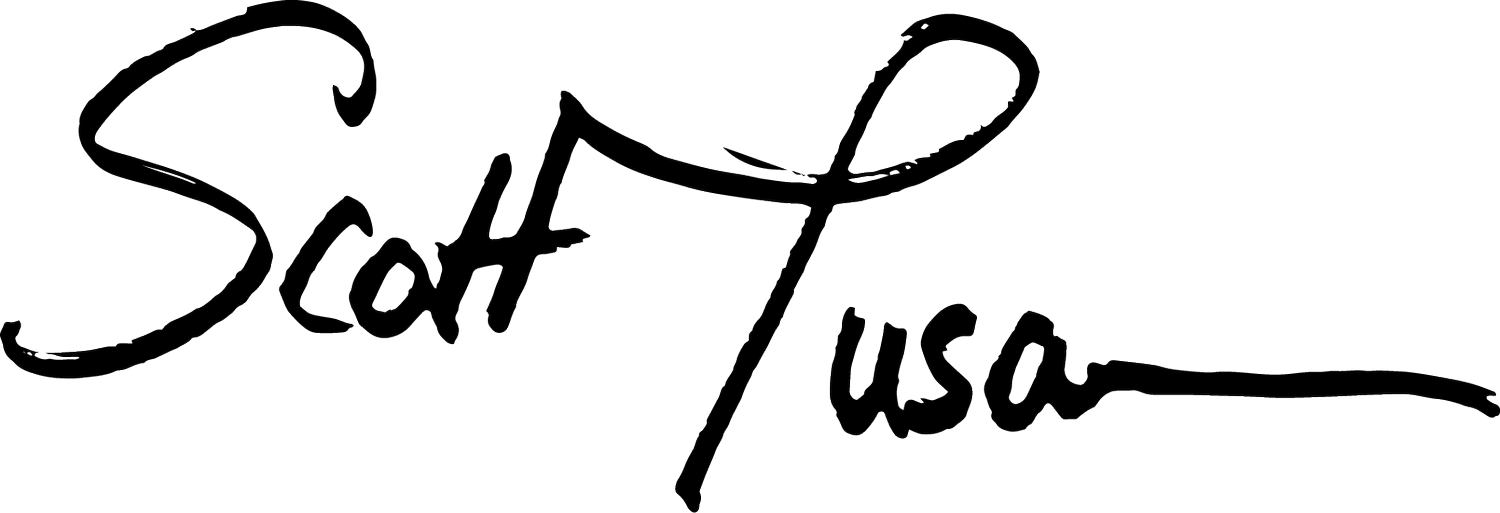The Art of Surrender: A Buddhist Approach To Letting Go of Struggle
In traditional Buddhism, the word surrender isn't used much. However, it is embodied within a variety of practices and ways of relating to our emotions, thoughts, and lives through meditation.
Surrender can mean a lot of different things depending on the context or how we take it personally. So, I want to share how I use the practice of surrender within my meditation and Dharma practice.
But…maybe I'll define how I DON’T use it first, which is a “cocooning” type of surrender. In this type of surrender, we actually collapse more into our ego clinging, giving up our power and agency to an external figure or just quitting within cynicism. That's not the kind of surrender I recommend applying to our struggles and challenges.
The kind of surrender I recommend practicing is more related to the cultivation of curiosity, openness, and fluidity with struggles and challenges as they arise. It's more an idea of surrendering our fixation and limiting beliefs around who we should be in any given situation or who someone else should be, or how a situation should play out.
So basically, I'm talking about surrendering our clinging, surrendering our attachment, and learning to flow more with life, learning to flow more with a situation that's a struggle for us. Whether it's a difficult emotion, bad weather, a car not working, an argument with a family member or intimate partner, whatever is challenging us in that moment, we can choose to surrender our cling that it has to be a certain way or look a certain way, or even work out in what we think is a way that's going to be favorable for us. This is challenging because in a way, we're choosing to lean into uncertainty.
I want to share a few practical approaches that I use on a daily basis to lean into uncertainty. One is to work with embodiment. For me, I'm dropping into my body, into my feet, legs, and abdomen many times throughout the day. I'm trying to become aware of the sensations, energies, and emotions in my body, allowing them to move in the way they want to move. As a Dharma practitioner, I also try not to block or boss my thoughts around. I practice allowing my thoughts to arise and fall without becoming or being dissociated from them.
What this provides is some ground where I'm opening to my own internal experience before I start to open to or be curious about an external experience or communication with someone else. So, here, there's an acknowledgment, maybe in a way, there's an acceptance, and there's a letting be with my experience. Through that letting be, I can then start to apply more curiosity and openness to an outer situation, be that a disagreement, traffic jam, someone being late to an appointment that I need to get something done in, whatever it is, something that's not going my way in that given moment.
So, these core practices of curiosity, openness, and attunement or tuning into others and our immediate environment, can help us to surrender our clinging, attachment, and support a more open flow with life and the situations that arise within it. What this practically means is, first of all, being curious. “Am I seeing the situation as it is, or is there more to it than what appears?” So, allowing some open questions. Now, again, these might not be literal questions, but some kind of recognition to shift how we are looking at a given situation.
Open questions can be internal prompts to look more deeply at how our internal and external experiences are functioning and arising. There are no assumptions applied here. So, there's a sense here that we don't have it all figured out, and there's an acknowledgment of that, which is actually quite relaxing! For me, I can have quite a judgmental mind sometimes. So, there's a relief here that I don't have to use my judgment all the time. I can just try to stay present and open. Again, that leads to some sense of spaciousness, and then attunement with myself and others.
Surrendering is an art that requires fluidity, creativity, and give and take in each moment. To explain this further, I referred to it as a "call and response" technique in a recent session with a one-to-one mentee, which I learned through my experience in playing Afro-Cuban, Afro-Brazilian, and West African drums. It involves listening deeply to others and responding accordingly. In life, we also need to pay attention and listen to what will bring more openness, joy, and compassion to ourselves and those around us.
This "call and response" approach is like tuning into a more universal type of communication, where we attune to the space around us and respond accordingly. Sometimes, we might not know the appropriate response, and in those situations, we can surrender and let be with the need to know, and try to open up instead.

